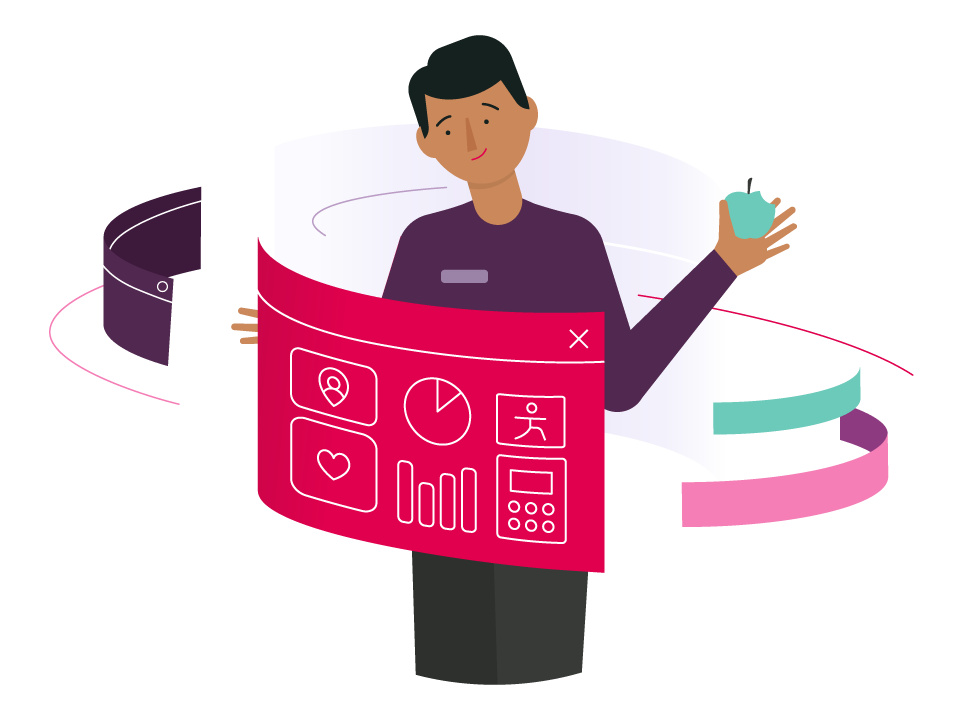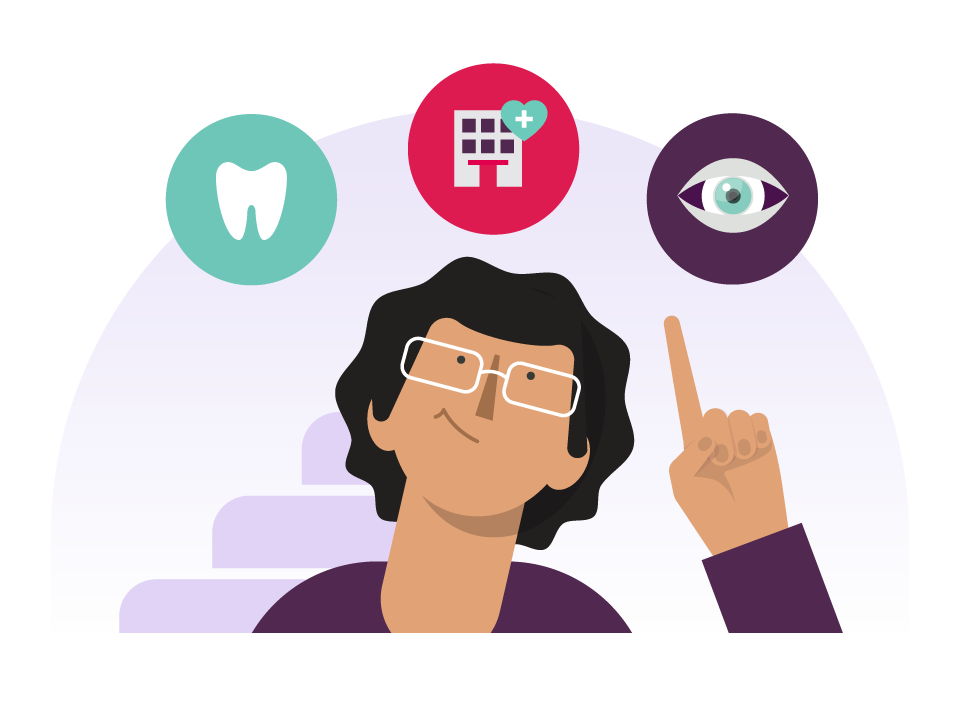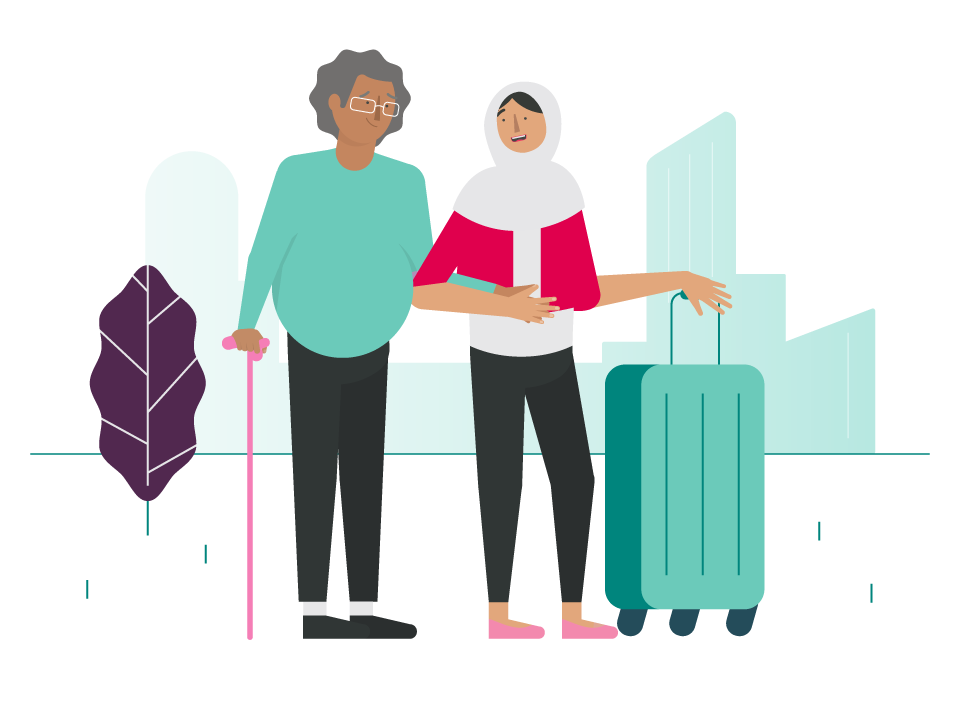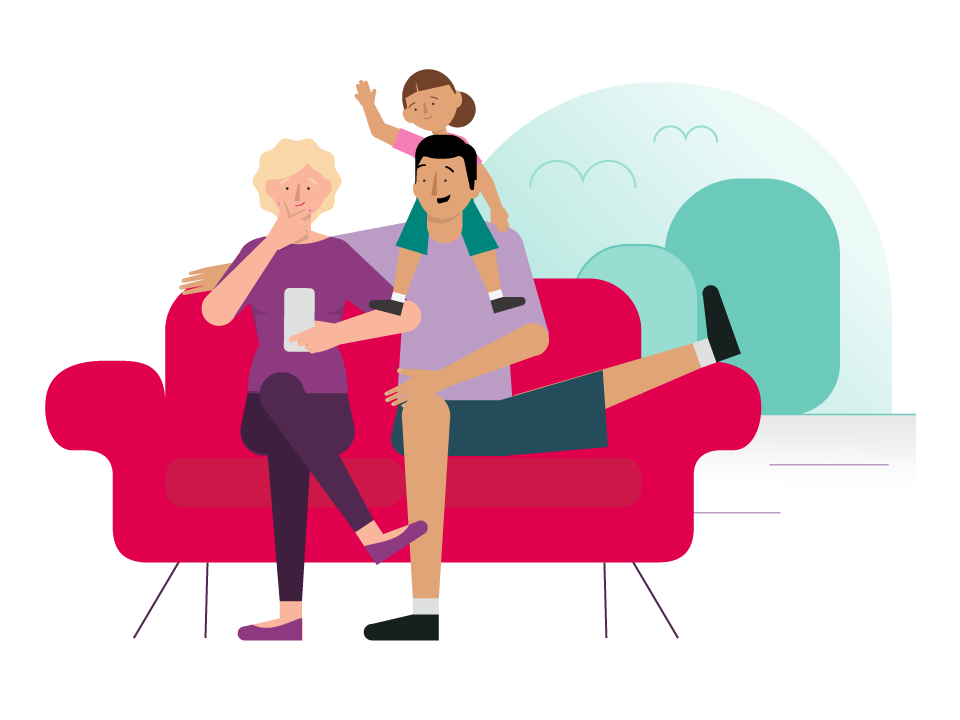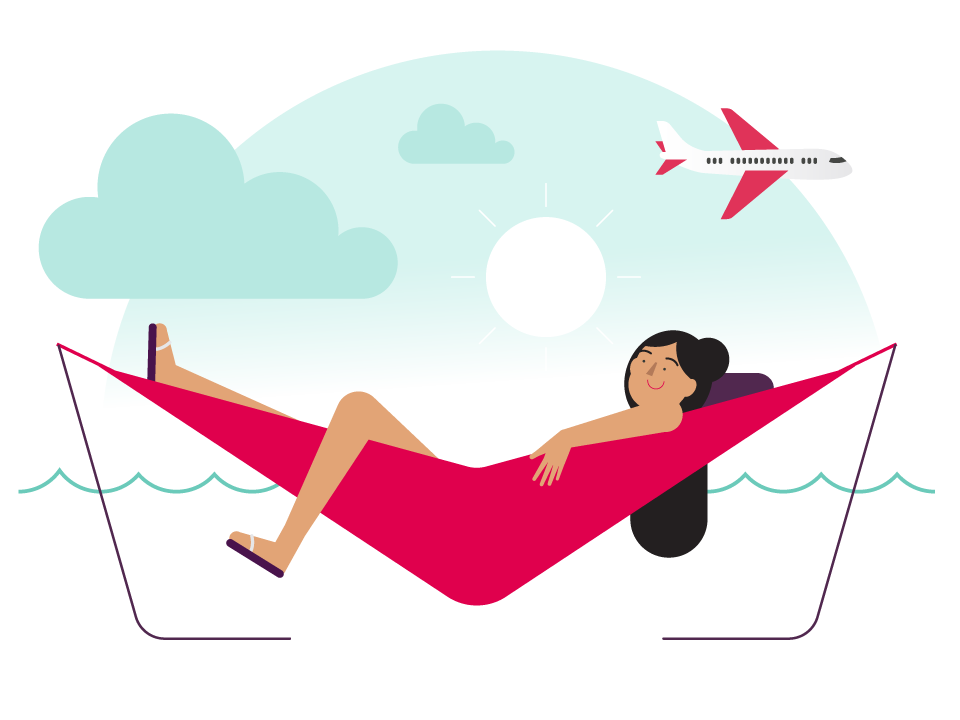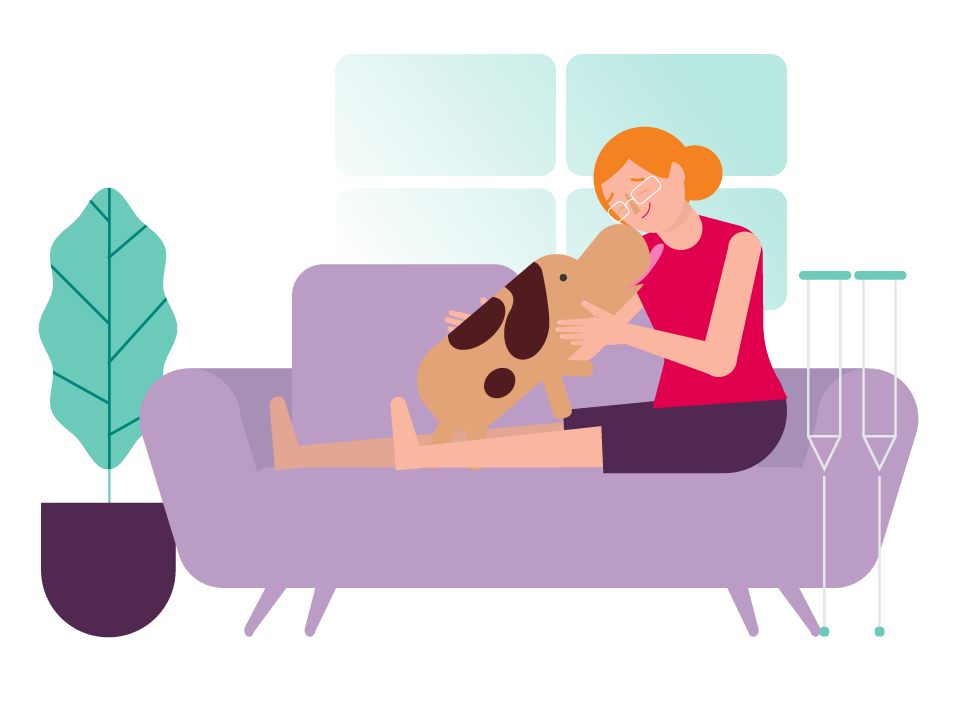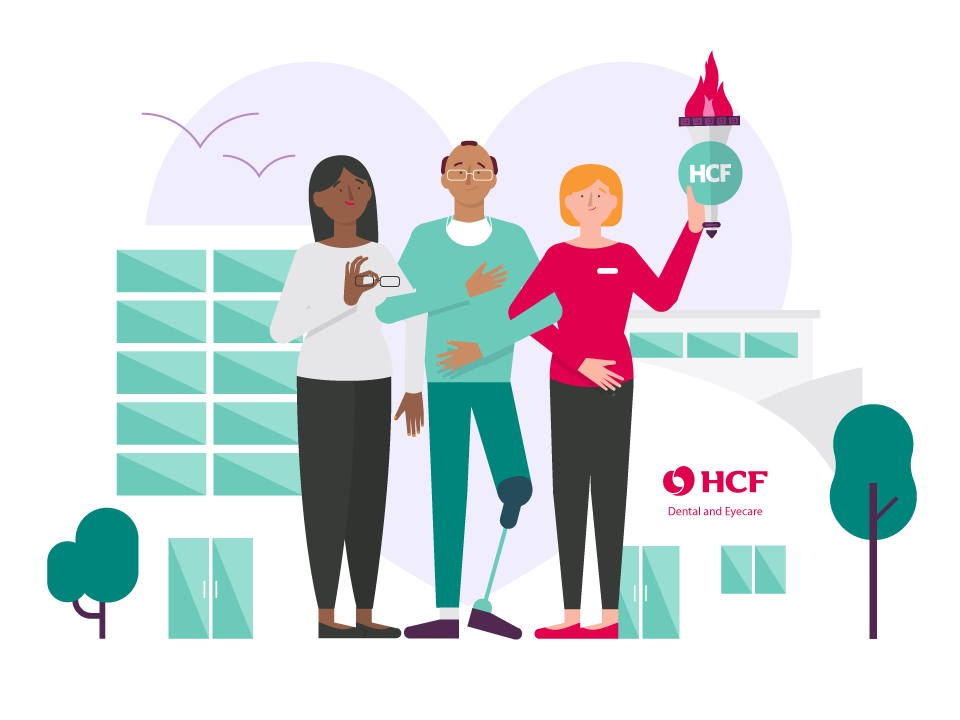Body repositioners
You may find that using a device to prevent you sleeping on your back helps with obstructive sleep apnoea.
A wearable electronic body-repositioning device can encourage you to sleep on your side by vibrating when you roll onto your back.
Oral appliances
An oral appliance that supports your jaw in a forward position can help prevent your tongue and the soft tissue in your mouth falling back and blocking your airway while you sleep. It’s called a mandibular repositioning device.
Expiratory positive airway pressure devices
Expiratory positive airway pressure devices (or EPAPs) are small, single-use devices that you stick over your nostrils. They have valves that let air enter freely but exit more slowly. They increase the pressure in your airway and help to keep it open. They’re not suitable for people with severe or central sleep apnoea.
Continuous positive airway pressure machines
Continuous positive airway pressure (CPAP) machines are the ‘gold standard’ for treatment of obstructive sleep apnoea. Some can also be used for central sleep apnoea. These machines deliver positive air pressure through a mask while you sleep. The air pressure splints your airway open, so you breathe regularly when you sleep.
The machine sits on your bedside table and connects through a tube to the mask. If your obstructive sleep apnoea hasn’t responded to more conservative measures, your doctor will probably recommend this type of therapy. It may take a bit of getting used to, but if sleep apnoea is interfering with your health and quality of life, it’s the next step.
You can buy new or reconditioned machines. The mask needs to be replaced every 6 months or so.
Some of the machines come with extra features such as heated tubes and built-in humidifiers for extra comfort. Some have Wi-Fi connectivity and an app that enables you and your doctor to easily monitor your sleep and the effectiveness of your therapy.
There are four types of positive pressure airway machines:
- CPAP (continuous positive airway pressure) machines
CPAP machines deliver a constant airflow and are known as ‘fixed pressure’ machines. They’re the most economical positive pressure airway machines. - APAP (automatic positive airway pressure) machines
A step up from CPAP, APAP machines automatically vary the air pressure throughout the night in response to your needs to ensure you receive the lowest pressure you need. They may be more comfortable but they also cost more.
- Bi-level therapy machines
Bi-level therapy is normally used for people who must have a higher pressure for effective treatment of their obstructive sleep apnoea. Bi-level machines offer a lower pressure for breathing out, making it more comfortable for people who need high pressure to keep their airway open when breathing in.
- Adaptive servo ventilation therapy machines
This type of therapy is reserved for people with central sleep apnoea, mixed sleep apnoea and some other breathing disorders.
CPAP devices can be expensive – you should expect to pay from $2,000 to $3,000 – but some highly specialised respiratory support machines can be as much as $6,000. If you have HCF extras cover you may be eligible for a benefit towards your CPAP machine, but there’ll still be a significant out-of-pocket cost.
You should ask the device supplier whether you can trial a device before you buy. This way you can get an idea about how well the therapy suits you and your lifestyle. Not all suppliers allow you a trial, but if they do you’ll pay a fee of about $350 and, following a consultation with the supplier, you’re able to try out a range of masks and devices over a 3 week period so you can select the best combination for you.
To start with you may only be able to tolerate CPAP for a few hours a night. Most people build up gradually to full nights on CPAP. As many as 60% of people eventually give up on CPAP therapy.
Surgery
There are several possible surgical options for treatment of obstructive sleep apnoea, which may or may not be effective:
- Nasal surgery is usually the first stage. It may only cure a small number of patients but usually facilitates other treatments like CPAP or a mandibular advancement splint. It has lower risk and good success in patients who are failing medical treatments.
- Tonsillectomy and/or adenoidectomy has a good success rate in children but is rarely done for adults. Addressing the nasal airway can further improve children’s obstructive sleep apnoea outcomes.
- Other surgical options are normally only used when conservative treatment options fail. Carefully consider the pros and cons of the following interventions with your doctor and if you’re uncertain, get a second opinion:
- Uvulopalatopharyngoplasty (UPPP) – this is where tissue at the back of your mouth is removed/shortened to make more space in the airway. Your doctor may recommend this option if you can’t tolerate CPAP or other appliances, but even after this surgery some people still need to use CPAP.
UPPP’s effectiveness is limited and the surgery and general anaesthetic have risks. 61% of patients say they wouldn’t have this operation again. It’s successful only 45% of the time. Most people who’ve had it report severe post-operative pain and low satisfaction with the results. Newer, modified techniques performed by specialist surgeons are showing better results. These also include palatal advancements and tongue base reduction.
- Laser-assisted uvulopalatopharyngoplasty – uses a laser to perform a UPPP. Although the treatment is claimed to be relatively painless and may not require a general anaesthetic, it is NOT recommended as it has been proven ineffective.
- Jaw surgery – to enlarge the jaw and make more room for the airway.
- Uvulopalatopharyngoplasty (UPPP) – this is where tissue at the back of your mouth is removed/shortened to make more space in the airway. Your doctor may recommend this option if you can’t tolerate CPAP or other appliances, but even after this surgery some people still need to use CPAP.
Note: HCF doesn’t cover experimental procedures.
